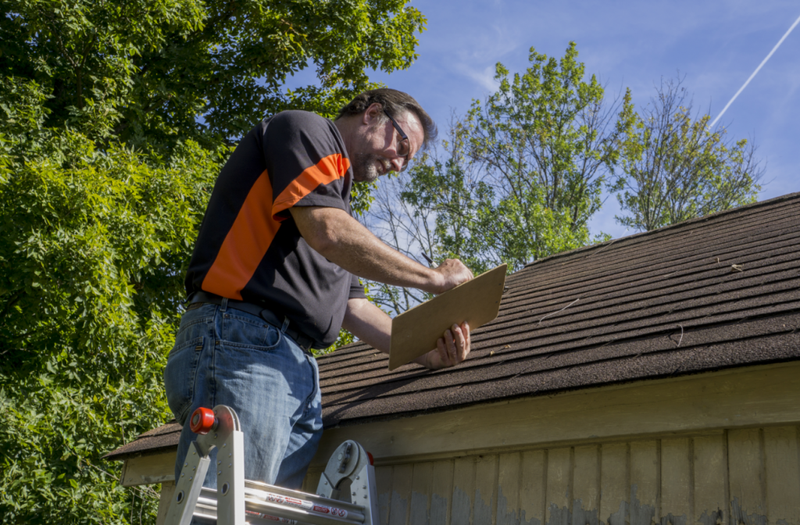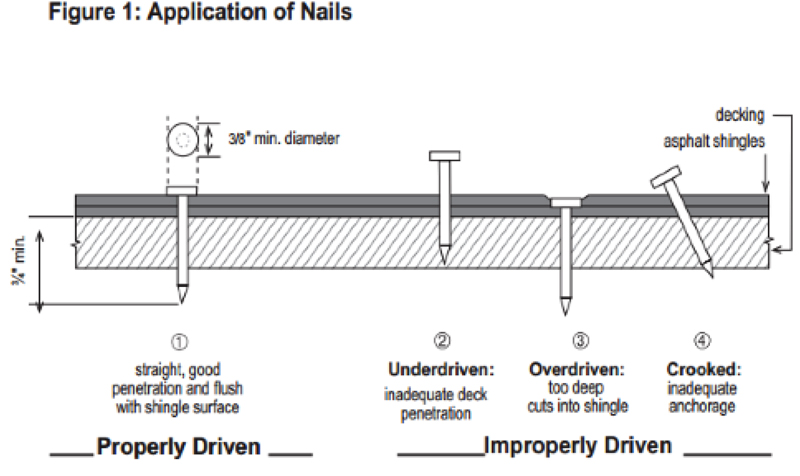Breaking Down OSHA's New Injury Reporting Rule for Roofing Contractors

The new rule requires employers in high-hazard industries to send OSHA injury and illness data contained on the OSHA 300 logs.
By Trent Cotney
In recent years, the Occupational Safety and Health Administration (OSHA) has dramatically increased rulemaking that has impacted the roofing industry. The latest rule requires the public disclosure of workplace injuries and illnesses in an effort to improve tracking efforts and transparency in roofing and other industries. While those are worthy endeavors, this final rule regarding the digital reporting of injuries and illness is, sadly, yet another example of OSHA leadership enacting a final rule without first understanding the real-world implications that the rule will have on the construction industry — roofing in particular.
The new rule, which went into effect recently requires employers in high-hazard industries such as roofing to send OSHA injury and illness data contained on the OSHA 300 logs. OSHA will then post this information for public consumption on its website. Data submissions are slated to start this year.
Ironically, the justification for OSHA’s new rule is what the federal agency describes as shaming employers because of injuries or illness — the majority of which may be beyond an employer’s control. The Assistant Secretary of Labor for Occupational Safety and Health, Dr. David Michaels, stated that employers should be treated just like restaurants with poor sanitary conditions.
“Since high injury rates are a sign of poor management, no employer wants to be seen publicly as operating a dangerous workplace,” he said in an official U.S. Dept. of Labor, OSHA news release in May. “Our new reporting requirements will ‘nudge’ employers to prevent worker injuries and illnesses to demonstrate to investors, job seekers, customers and the public that they operate safe and well-managed facilities,” Michaels continued. OSHA also hopes to use the information to target employers with what they deem to be excessive injury or illness.
Roofing contractors with more than 250 employees must submit all OSHA 300 forms electronically. Roofing contractors with 20-249 employees must submit the OSHA 300A form only. OSHA states that it will remove specific employee information associated with the data before it’s published. However, the employer information will be available on its website to any member of the public. The estimated cost by OSHA to implement this new program is $28 million for the first year, with $13.7 million allocated to the private sector. Yet the actual cost to the roofing and construction industries will be much higher given the increased reporting requirements.
As with OSHA’s current practice of issuing damning press releases regarding certain citations despite no adjudication of guilt, OSHA’s requirement that injuries and illnesses be posted for public consumption tells only a very small portion of the story. The current reporting requirements don’t allow for any explanation or defense to be asserted as to the nature of the injury or illness. That means, for example, that if the injury or illness was caused due to unpreventable employee misconduct or for reasons beyond the employer’s control — the general public won’t know it.
The public reporting will not provide readily available statistical data, allowing a user to determine the percentage of injuries or illness given a roofing contractor’s size. In addition, the local area offices and OSHA’s own website have demonstrated difficulties in the past when it comes to receiving and storing large amounts of electronic data. The agency has failed to provide any feasibility studies to demonstrate that its current website can effectively store the data submitted by 1.3 million employers.
If anything, the new reporting rule creates a chilling effect on the construction industry that encourages contractors to under report. OSHA’s goal should be to create a culture of safety, not to shame employers that are faced with employee injury or illness. After sitting through countless informal conferences where roofers are lectured on the inadequacy of disciplinary programs that shame employees, OSHA’s new reporting rule seeks to do the same thing — penalize roofers for reporting injuries and illnesses regardless of the reason.
Author’s note: The information contained in this article is for general educational information only. This information does not constitute legal advice, is not intended to constitute legal advice, nor should it be relied upon as legal advice for your specific factual pattern or situation.
Trent Cotney is Florida Bar Certified in Construction Law, a member of the National Roofing Contractors Association (NRCA), General Counsel and a director of the Florida Roofing Sheet Metal and Air-Conditioning Contractors Association (FRSA), General Counsel and member of the Governance Committee of the National Women in Roofing (NWIR), the Treasurer of the West Coast Roofing Contractors Association (WCRCA), and affiliated with almost a dozen other roofing associations. For more information, contact the author at 866-303- 5868 or visit www.RoofingLawyer.com.























Comments
Leave a Reply
Have an account? Login to leave a comment!
Sign In